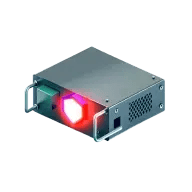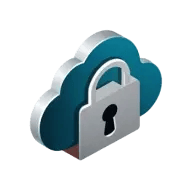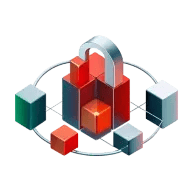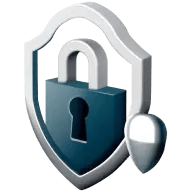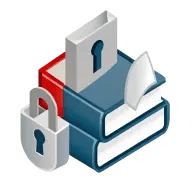Securosys in the current issue of the trade journal Finanz und Wirtschaft- How to secure Bitcoins and NFTs?

Digital assets require digital safes. These must offer the same security and user-friendliness as physical systems. The Zurich-based company Securosys shows how.
Cryptocurrencies like Bitcoin and Ethereum are the talk of the town. So are NFT, the Non Fungible Tokens, which enable digital trading of physical or digital objects (images like the "Bored ape"). Their trading takes place on a blockchain, participants can be anonymous, and once transactions are made, they cannot be reversed. It is essential to protect access to these digital assets against misuse in such a system.
The Zurich-based company Securosys has been using its solutions to secure Swiss payment transactions SIC and the settlement of the SIX exchange since 2017. The same technology is now being used to protect Microsoft Office 365 in the Azure Cloud and digital assets. While Microsoft documents can be protected similarly to a bank safe deposit box (Microsoft manages one digital key, the other is held by Securosys for the user in Securosys' CloudsHSM), securing digital assets on the blockchain requires an extension of this technology.
The key as an asset
Blockchain systems bring significant advantages. Records are stored decentralized (without administrator or oversight), and the chain is immutable and freely viewable. Digital assets are represented as an image ("address") of the cryptographic key ("private key") on the blockchain. Whoever holds the private key can dispose of the value. Securosys is dedicated to securing the keys of blockchain systems and the rule-based use of the keys to enhancing security further.
Trading of these assets is authorized with the private key through a signature. With Securosys' patented "Smart Key Attributes" (SKA), Private Keys can be assigned rules so that they can only be used in a manner specified by the customer. In this way, security is dramatically increased.
Secure blockchain transactions
Owners of digital assets such as Bitcoins or NFTs need to keep numerous Private Keys secure while making them easily and quickly available.
Securosys' patented solution verifies the transaction when a digital asset is traded and asks for authorization. Depending on the framework (whitelist of recipients, amount, compliance checks, etc.), the required authorization is more or less complex. Depending on the customer's requirements or the custodian of these digital assets, different rules can be implemented. For example, transactions worth less than CHF 5,000 can be authorized after automatically verifying some basic rules. In addition, they must be authorized by one or more persons. For amounts of more than one million, for example, a supervisor or a compliance officer can also be involved. It is also possible to withhold the transaction for a certain period so that the customer can be asked for further verification.
The custody of the private keys and their defined security rules are made possible by using Securosys technologies. The unique solutions required for this purpose are a further development of the systems used in the Swiss payment traffic SIC and are implemented using hardware appliances or cloud service by Securosys partners and customers.
Applications of this technology
The scenarios described have already been implemented in many solutions on the market. Crypto Finance, acquired by Deutsche Börse, was one of the first companies to use it to develop a custody solution for crypto currencies. KORE Technologies builds its solutions for blockchain certificates for individuals and products, such as LuxeID, on Securosys' solutions. Sygnum Bank uses Securosys as part of its custody platform for asset token custody and Ethereum 2.0 staking. Ammer Technologies used Securosys' cloud solution to develop a payment system for cryptocurrencies that works similarly to a credit card. SIX built SDX (SIX Digital Exchange), the world's first regulated digital market infrastructure, based on R3/Corda and Securosys.
Securosys is used by many other companies in Europe, Asia, and the US to secure blockchain systems thanks to its security, scalability, flexibility, and ease of integration.

